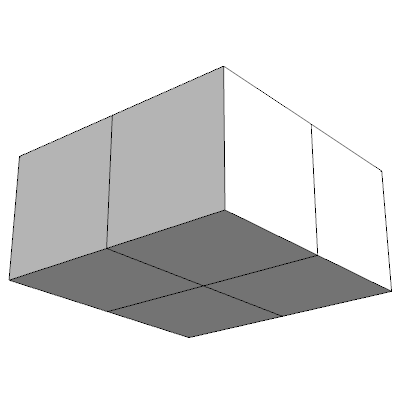I am impressed how well the web page of that blog is designed. The links in the text affect and switch the images and M-code in the blog. Kudos goes to Antonio for such a brilliant educational creative work. So many young people online gave positive comments to this that I wonder if this is an example of how to engage students of the future with creativity, art and humor even in math and programming.
One of my favorite graphics from the post:
vertices =(**)5(**) {Cos[#], Sin[#]} & /@ (2 Pi Range[3]/3);
check = Compile[{{x, _Real, 0}, {y, _Real, 0}},
Module[{i, b, diff, z = {0., 0.}, vertices = vertices},
Total@Table[i = 0; z = {x, y};
While[z.z < 40 && i++ < 120, b = RandomChoice[vertices];
diff = b - z;
z = (z + b) Sin[Sqrt[diff.diff] + .01]];
-i, {20(*0*)(*number of trials*)}]]];
img = ImageAdjust@
Image@ParallelTable[
check[x, y], {y, -6.5, 6.5, .01}, {x, -6.5, 6.5, .01}];
img // Colorize // ImageAdjust // ColorConvert[#, "Grayscale"] & //
ImageAdjust // ImageResize[#, Scaled[1/2]] & //
ImageRotate[#, -Pi/2] & // ColorNegate //
ImageApply[#^(1/1.3) &, #] &

draw[block_, options___] :=
Graphics3D[{EdgeForm[Darker[Gray]], Cuboid /@ Position[block, 1]},
options, ViewVertical -> {-1, 0, 0}, Boxed -> False];
f[block_, _] :=
Switch[{block[[2, 2, 2]], Total[block, 3] - block[[2, 2, 2]]}, {_,
4}(*|{1,2}*), 1, _, 0];
evol = CellularAutomaton[{f, {}, {1, 1,
1}}, {{{{1, 1}, {1, 1}(*,{1,1},{1,1}*)}}, 0}, 15];
ListAnimate[
draw[#, Lighting -> "Neutral", ImageSize -> 400 {1, 1}] & /@ evol]
